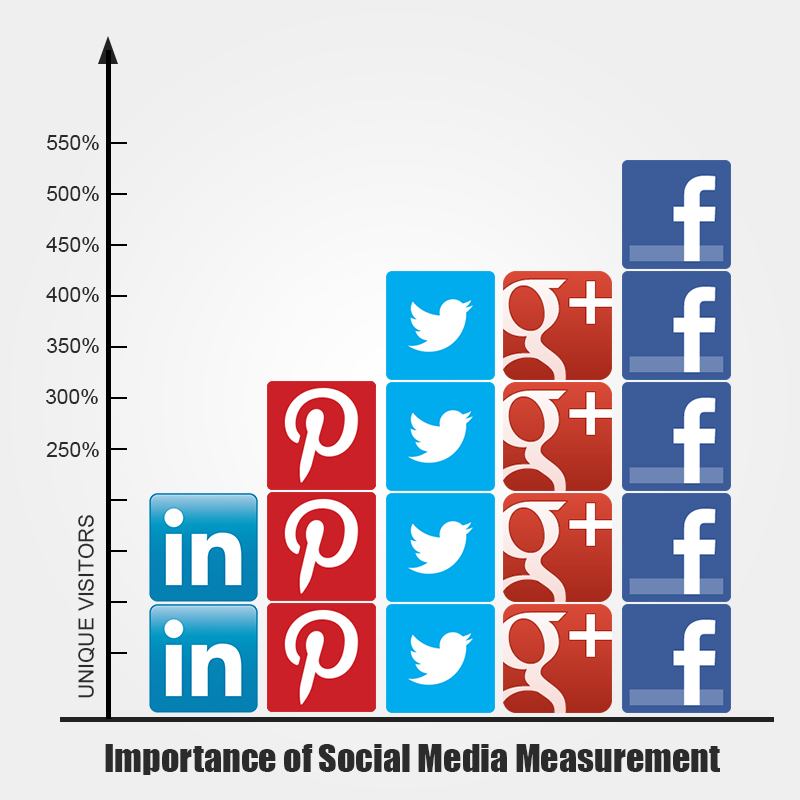Good day dear colleagues,
In this blog I want to share with you about the tools for measuring Twitter accounts.
In the class we learnt about TweetStats and about useful tool as Tweetdeck. Apart from them I would like
to inform about tools related to Twitter such as Twitonomy, TweetReach and Commun.it.
Twitonomy: http://www.twitonomy.com/
The Twitter-focused app, Twitonomy’s free version
allows you to get a ton of detailed analytics about your Twitter accounts, with
affordable premium options as well.
Twitonomy
allows you to:
· Get detailed and visual analytics on
anyone's tweets, retweets, replies, mentions, hashtags...
· Browse, search, filter and get insights on
the people you follow and those who follow you
· Backup/export tweets, retweets, mentions and reports
to Excel & PDF in just one click
· Monitor your interactions with other Twitter users: mentions,
retweets, favorites...
· Get and export Search Analytics on any
keywords, #hashtags, URL or @users
· Get insights on and download any user's retweeted
& favorited tweets
· Browse, search, filter, sort and batch add/remove
people to your lists
· Monitor tweets from your favorite users, lists
and keyword searches
· Find out easily those you follow but don't follow
you back
· Download your followers and following lists to
Excel
· Get the list of the followers you don't
follow back
· Track clicks on the links in your tweets
· Track your follower growth over time
TweetReach is a Twitter-focused app that
does exactly what it sounds like: helps you “measure your Twitter campaigns so
you can demonstrate real results.” Search for a hashtag, a brand name, or a URL
and get in-depth social analytics around what the “reach” is for your search
term-useful in identifying how far your links are spreading, or how many times
your company has been mentioned and by whom.
This free app offers a great way to
manage your Twitter community effectively and build growth over time by
targeting influencers and potential customers. On the website of Commun.it you
can find what kind of advantages it can give to its users:
· Identify
valuable members
Commun.it categorizes people in 3 groups:
Influencers, Supporters & Engaged Members. Judged by followers/following
ratio, your engagement history, retweets & brand mentions.
· Prioritize your Twitter tasks
Quickly identify valuable people in your
Twitter community that you were neglecting to engage because of all the noise in
your stream.
· See who you should un/follow
Commun.it will suggest people for you to
consider to follow and unfollow based on their influence, relevance, and
engagement level.
Related useful recommendations how
effectively to use the Commun.it:












